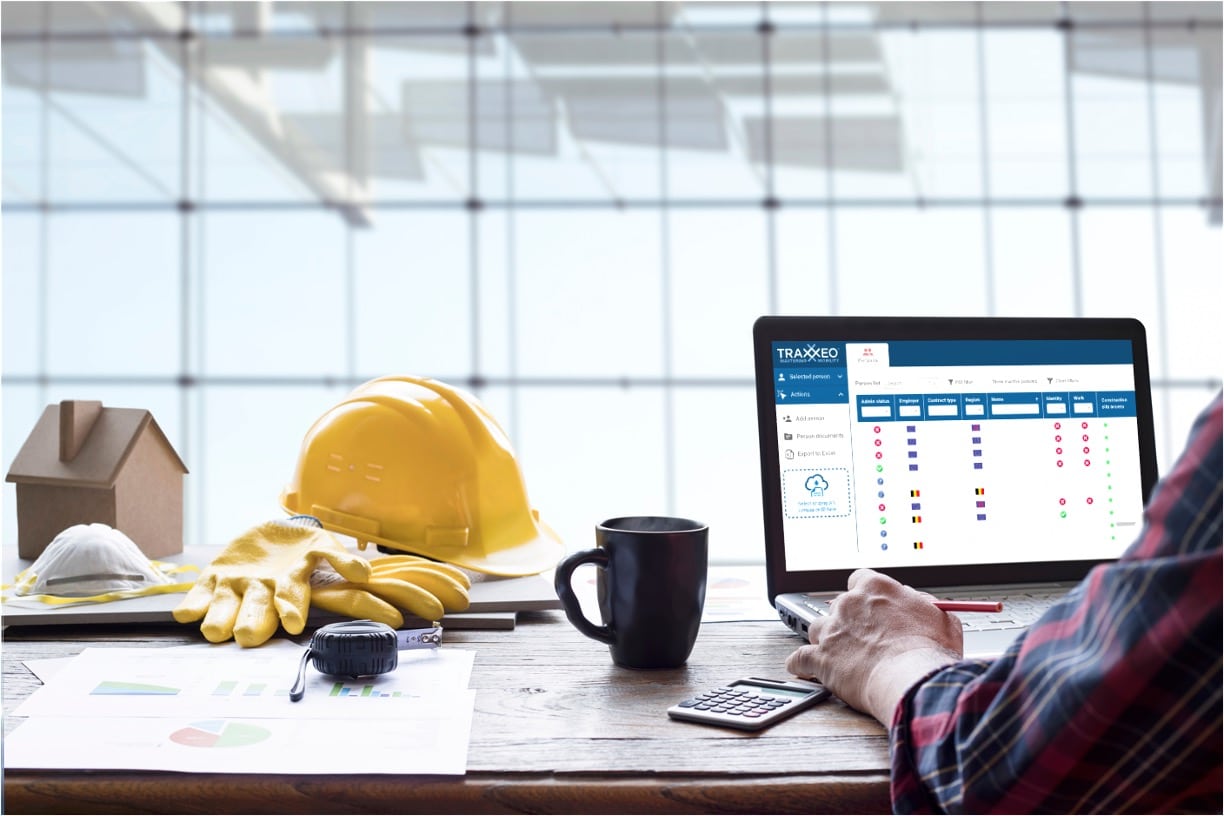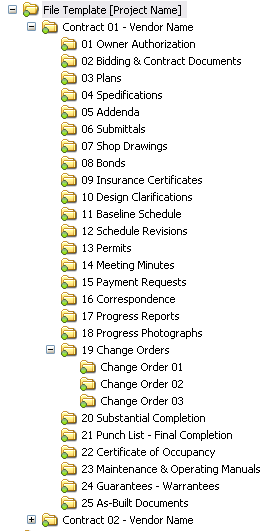Optimizing Job Collaboration: Engineer's Finest Practices in Construction Paper Management
In the elaborate world of building tasks, the reliable management of building papers stands as a cornerstone for success. Amidst this intricacy exists a critical question: exactly how can designers simplify collaboration processes to enhance project results?
Leveraging Cloud-Based Platforms
By transitioning from standard paper-based systems to shadow solutions, engineers can enhance partnership, improve record access, and improve total job efficiency. This access promotes smooth interaction and control amongst project stakeholders, leading to fewer mistakes and delays in the building and construction process.
Additionally, cloud-based platforms supply a secure atmosphere for storing sensitive task information, using encryption, routine back-ups, and user approval settings to safeguard information integrity. Designers can additionally gain from the scalability of cloud options, allowing them to change storage space ability and functionality based on job needs. In general, leveraging cloud-based systems encourages architects to enhance their building and construction file administration procedures, driving better collaboration, effectiveness, and success in their jobs.
Applying Version Control Solution
Having developed the advantages of cloud-based platforms in building paper monitoring, architects can now improve their document control processes by applying Variation Control Systems. Version Control Equipment (VCS) are important tools that track adjustments in files, making certain that employee are constantly collaborating with the most up to date and most exact information. By executing VCS, engineers can keep a central database where all task documents are stored, enabling seamless collaboration while lessening the danger of errors and version conflicts.
One key advantage of Version Control Equipment is the capacity to track the total history of file changes, permitting customers to return to previous versions if needed (construction document management). This attribute is specifically useful in building projects where layout versions and adjustments are common. In addition, VCS promotes much better communication amongst staff member by giving a clear audit route of who made specific adjustments and when they were made. This transparency not just enhances accountability yet also helps in settling conflicts or disparities that may develop during the task lifecycle.
Developing Communication Procedures
To ensure effective and efficient job sychronisation, engineers must establish clear and durable interaction methods within their building record monitoring procedures. This platform might be a project management software, e-mail strings, or cloud-based storage space remedies.
Moreover, interaction methods need to likewise include guidelines on just how to take care of problems, modification orders, and urgent issues that might emerge throughout the job lifecycle. Establishing a structured strategy to interaction guarantees that all stakeholders are on the same web page, promotes transparency, and inevitably adds to the successful completion of the construction task.
Making Use Of BIM Software Application for Sychronisation
BIM software application plays a critical role in boosting control amongst job team Continued members in the construction sector. Building Information Modeling (BIM) promotes partnership by providing a central system where designers, engineers, professionals, and other stakeholders can interact in a coordinated fashion. Via BIM software application, project participants can access and upgrade a shared design that contains in-depth information regarding the structure style, construction elements, and task schedules.

Additionally, BIM software makes it possible for real-time cooperation and interaction among team participants, no matter of their physical read here area. Via cloud-based BIM systems, project stakeholders can access the most recent project details, track adjustments, and make notified decisions promptly. In general, leveraging BIM software program for sychronisation improves task effectiveness, productivity, and inevitably causes effective project results.
Ensuring Data Protection and Compliance
In the world of building and construction document management, protecting data integrity and ensuring regulatory compliance are critical considerations for architects and other project stakeholders. Architects should execute robust safety and security procedures to secure sensitive job info from unauthorized access or violations.

Final Thought
To conclude, architects can enhance project cooperation in building document administration by leveraging cloud-based systems, executing variation have a peek at these guys control systems, developing communication protocols, using BIM software for sychronisation, and ensuring information security and compliance. These ideal methods aid enhance the construction procedure, enhance interaction among job stakeholders, and boost efficiency in job distribution. By following these guidelines, designers can successfully take care of construction files and assist in effective project results.
With BIM software application, job individuals can access and upgrade a common model that contains in-depth details concerning the building design, construction components, and job timetables.
Via cloud-based BIM systems, task stakeholders can access the most recent project info, track modifications, and make informed decisions promptly - construction document management. Overall, leveraging BIM software for control enhances task performance, performance, and eventually leads to successful project end results
In verdict, designers can enhance project collaboration in building and construction record monitoring by leveraging cloud-based systems, executing version control systems, developing interaction protocols, utilizing BIM software program for sychronisation, and making sure data safety and security and compliance. These ideal methods help simplify the building and construction process, improve interaction amongst project stakeholders, and enhance performance in job delivery.
Comments on “Opening Effectiveness: The Benefits of Construction Document Management Platforms”